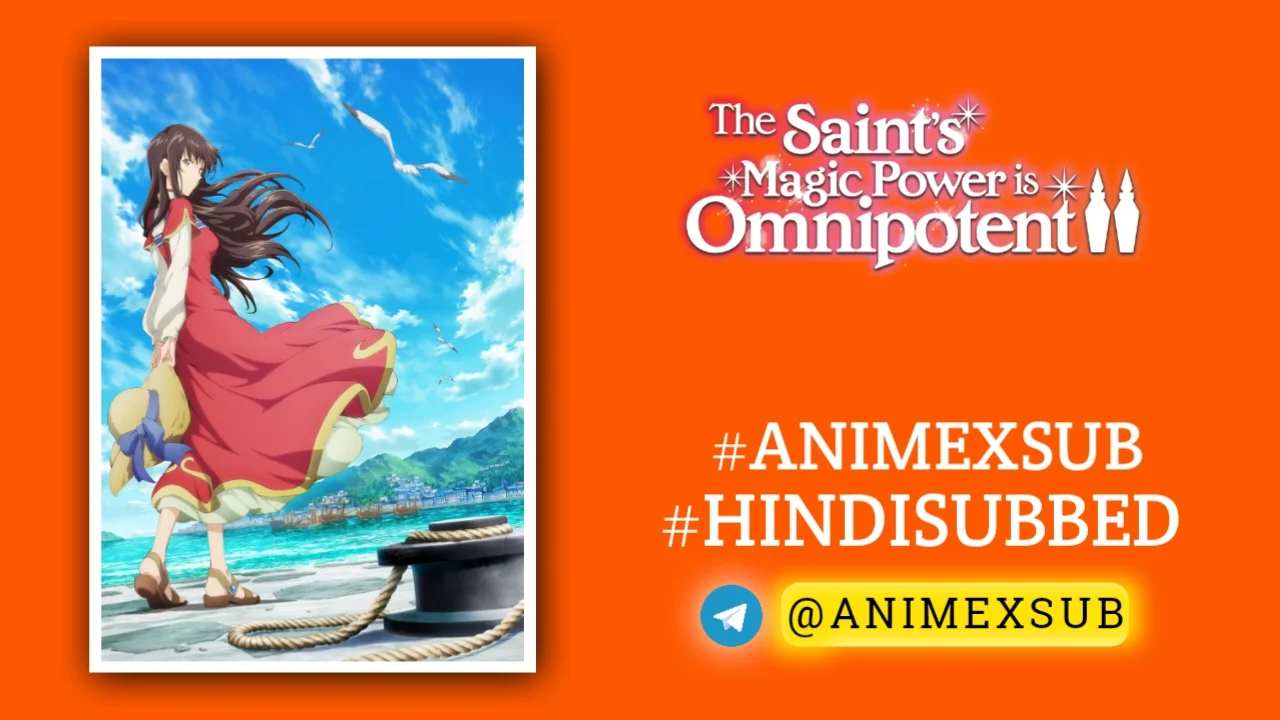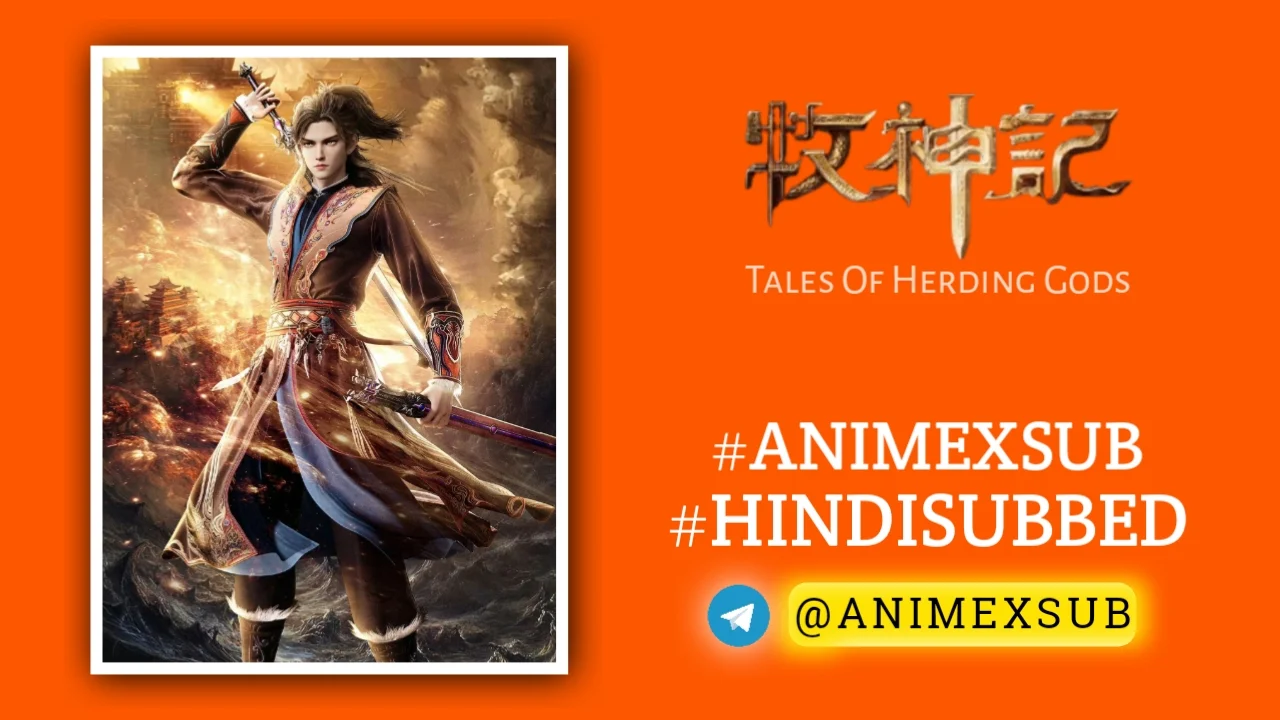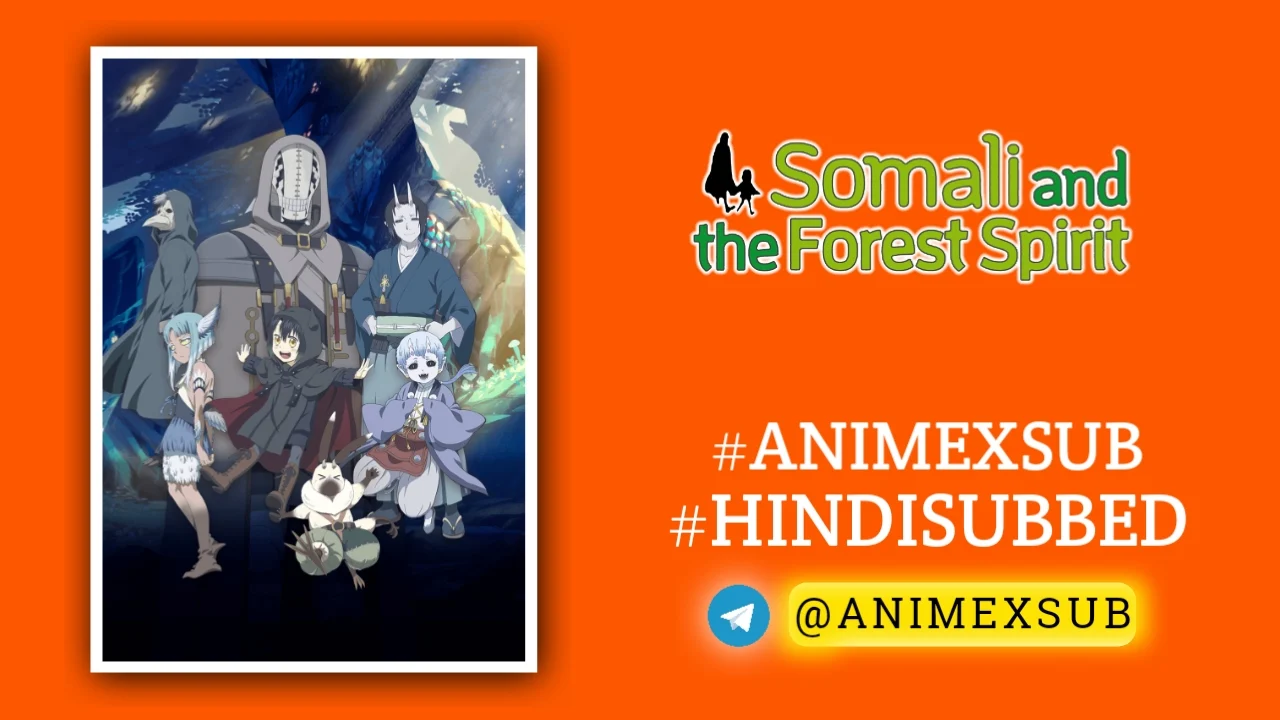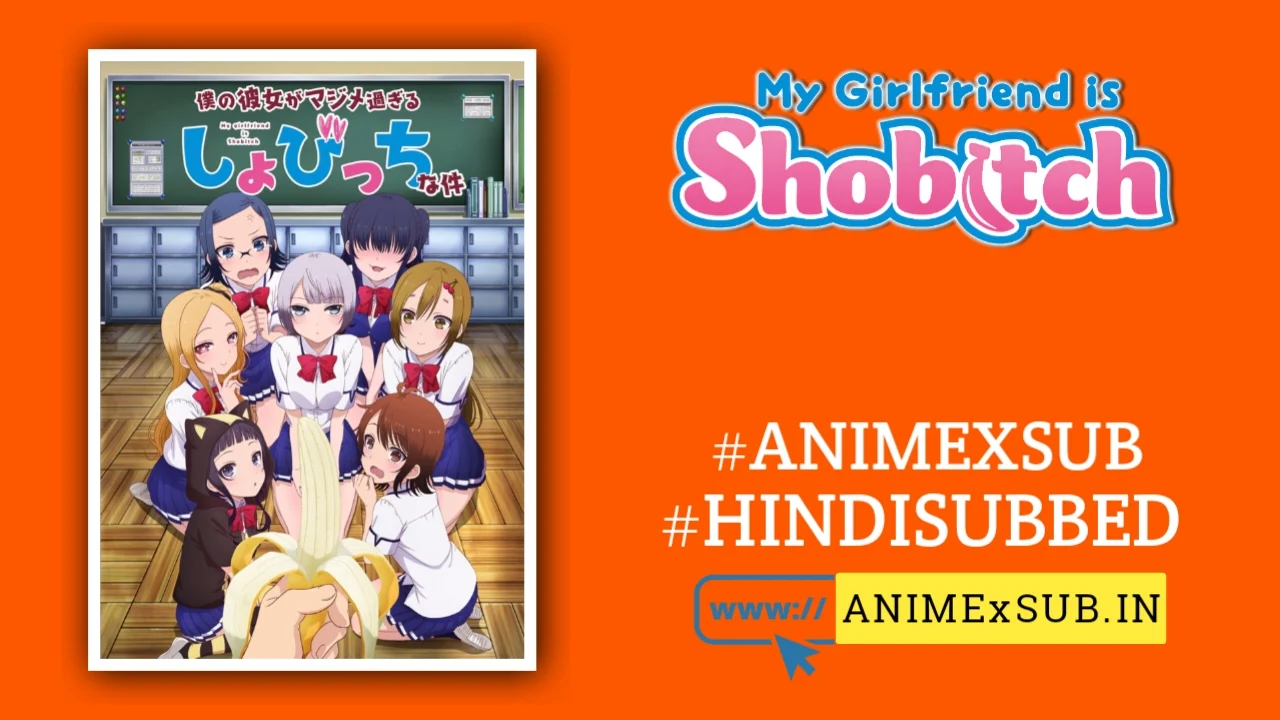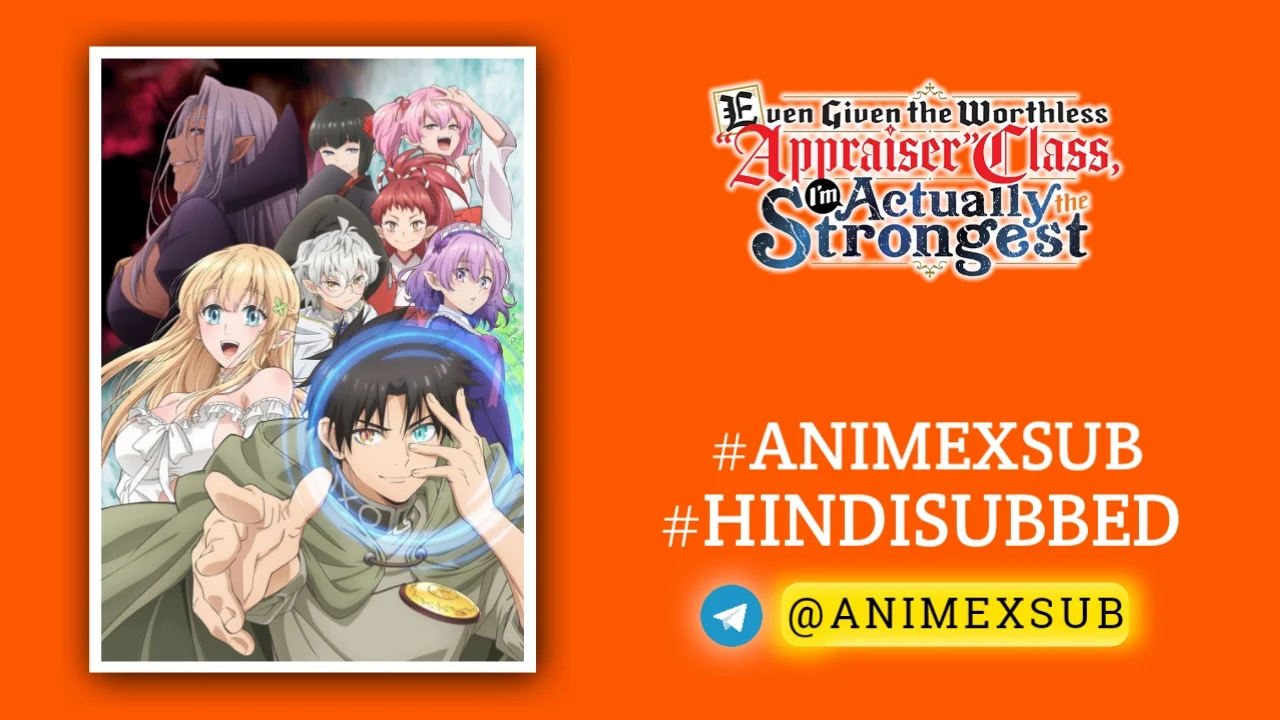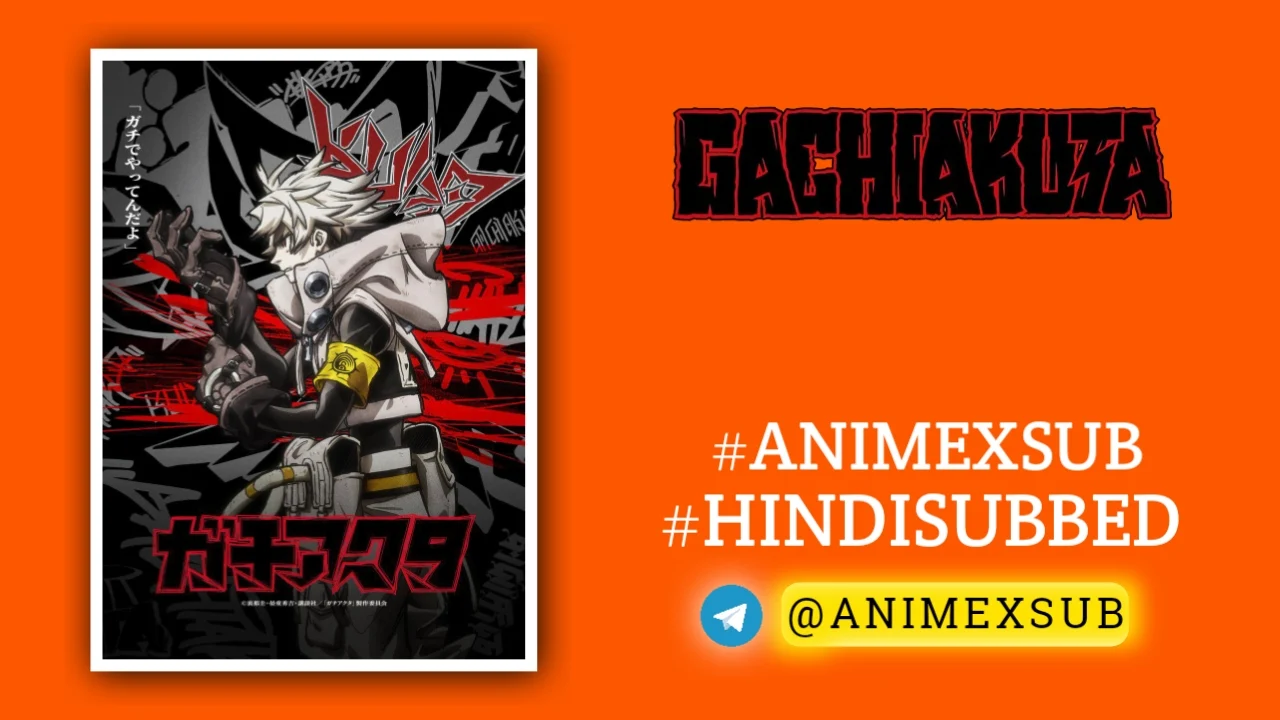
Gachiakuta Hindi Subbed [10/24] | Gachiakuta Hindi Sub

Gachiakuta
GachiakutaSynopsis
A boy lives in a floating town, where the poor scrape by and the rich live a sumptuous life, simply casting their garbage off the side, into the abyss. When he’s falsely accused of murder, though, his wrongful conviction leads to an unimaginable punishment—exile off the edge, with the rest of the trash. Down on the surface, the cast-off waste of humanity has bred vicious monsters, and to travel the path to vengeance against those who cast him into Hell, a boy will have to become a warrior… (Source: Kodansha USA)
Watch Trailer
Characters
Episodes
How To Download Tutorial
Gachiakuta Season 1: Unearthing the Abyss of Inequality in Anime’s Darkest Shonen
In a year where anime adaptations like My Dress-Up Darling Season 2 and Dandadan dominate discussions with their vibrant energy, Gachiakuta Season 1 emerges as a shadowy outlier—a raw, unflinching dive into dystopian despair that redefines shonen’s boundaries. Premiering on July 6, 2025, on Crunchyroll and produced by Bones Film (the studio behind Mob Psycho 100), this 24-episode run—spanning two consecutive cours without breaks—adapts Kei Urana’s 2022 manga with a ferocity that feels both inevitable and revolutionary. Directed by Fumihiko Suganuma and scripted by Hiroshi Seko (known for Attack on Titan and Vinland Saga), it transforms the manga’s gritty exploration of class warfare and emotional detritus into a visual symphony of chaos. By September 2025, with Episode 10 freshly aired, the series has solidified its reputation as a critique-laden powerhouse, blending visceral action with philosophical undertones on discarded humanity.
Plot Breakdown: From Slum Scavenger to Vengeful Cleaner
The story thrusts viewers into a stratified floating metropolis where the elite’s opulence contrasts sharply with the undercity slums. Protagonist Rudo, a hot-headed teen voiced by Aoi Ichikawa, scavenges trash not out of desperation alone but as a moral stand against the upper class’s wastefulness. His foster father Regto’s mantra—”trash is just unloved things”—fuels Rudo’s worldview until a brutal framing for murder sends him plummeting into the Abyss, a colossal junk-filled pit teeming with “Doo Dahs,” monsters born from negative emotions infused into discarded objects via “Anima.”
Season 1 unfolds across three arcs, meticulously adapting the manga’s first 60+ chapters while expanding on interpersonal dynamics. Episodes 1-6 establish Rudo’s exile and integration into the Cleaners, a ragtag squad of Abyss dwellers who wield “Vital Instruments”—personal items empowered by Anima for combat. Here, we meet Riyo (You Taichi), the scissor-wielding berserker whose childlike facade hides trauma; Enjin (a stoic powerhouse whose design screams “anti-hero enigma”); and Zanka (the graffiti artist whose spells manifest as urban murals). The narrative accelerates in Episodes 7-12, introducing Canvas Town’s bureaucratic horrors and the Cleaners’ first major raid against a colossal Doo Dah, revealing the Abyss’s ecosystem as a metaphor for societal refuse.
By mid-season (Episodes 13-18), the focus shifts to internal conflicts: Rudo’s “Trash Hoarder” ability, which animates garbage into weapons, clashes with the Cleaners’ rigid hierarchy, forcing confrontations with authority figures like the dismissive Canvas Town mayor. The finale arc (Episodes 19-24, culminating around December 14, 2025) escalates to a multi-episode siege on a Raider outpost, blending revenge motifs with revelations about the upper city’s propaganda machine. Unlike formulaic shonen escalations, Gachiakuta interweaves quiet moments—Rudo sketching lost memories on scrap paper—with explosive set pieces, ensuring the plot never sacrifices depth for spectacle.
What elevates this adaptation is its fidelity to Urana’s inspirations: childhood regrets over broken possessions evolve into a system where Anima reflects emotional baggage, making battles personal psychological wars rather than power-level grinds.
Animation and Style: Bones Film’s Graffiti-Fueled Revolution
Bones Film doesn’t just animate; it resurrects the manga’s “freaky weirdo” aesthetic in fluid, graffiti-infused glory. Satoshi Ishino’s character designs amplify Urana’s sharp, angular lines—Rudo’s spiky hair and patchwork clothes evoke urban decay, while Doo Dah monsters morph from everyday junk (a forgotten teddy bear into a hulking beast) with grotesque, stop-motion-like transformations. Action sequences, powered by Taku Iwasaki’s pulsating score (think industrial beats laced with melancholic strings), shine in Episodes 8 and 16, where Rudo’s trash constructs clash in multi-plane choreography that rivals Jujutsu Kaisen‘s fluidity but with a dirtier, asymmetrical edge.
A standout innovation: integrated graffiti overlays, courtesy of Hideyoshi Andou’s designs, appear during Vital Instrument activations—Riyo’s scissors slice through animated murals that symbolize her fractured psyche. This isn’t mere flair; it ties into the world’s lore, where Canvas Town’s art doubles as spellcasting. Voice acting elevates the grit: Ichikawa’s Rudo growls with restrained fury, contrasting Taichi’s bubbly-yet-broken Riyo. Subtle details, like Anima auras flickering in muted colors, underscore the series’ theme of emotional pollution, making every frame a commentary on consumerism’s toll.
Critics note the animation’s consistency across 24 episodes avoids the mid-season dips plaguing longer runs, with Episode 10’s return to high-octane fights earning praise for recapturing early momentum after a dialogue-heavy stretch.
Themes: Trash as a Mirror to Society’s Discards
At its core, Gachiakuta Season 1 dissects inequality through an eco-fantasy lens, questioning what happens to “unloved” elements of society. The Abyss isn’t just a hellscape; it’s a breeding ground for resentment, where the poor—literally dumped like garbage—forge strength from rejection. Rudo’s arc critiques blind rage: his hatred for the elite blinds him to allies like the enigmatic Remlin, a spellcaster whose pen draws portals from pain. Social commentary peaks in Canvas Town episodes, exposing how the upper class’s “perfection” relies on systemic erasure, echoing real-world divides in waste management and class mobility.
Unlike Chainsaw Man‘s anarchic satire, Gachiakuta leans introspective, using Anima to explore attachment theory—loved items gain positive power, discarded ones spawn horrors. Female characters like Alice (the grizzled doctor) and Amo (a No Man’s Land manipulator) subvert tropes, wielding agency amid prejudice. The series avoids preachiness, letting visuals—like elite parties overlooking the Abyss—convey horror organically. By season’s end, it posits redemption through reclamation: trash, like the marginalized, holds untapped potential if given purpose.
Strengths and Weaknesses: A Near-Flawless Descent
Season 1 excels in world-building, crafting a lived-in dystopia where every scrap tells a story, outpacing manga’s pacing with added flashbacks that humanize the Cleaners. Pacing falters slightly in Episodes 11-13, bogged down by exposition on Anima mechanics, but rebounds with character-driven payoffs. Fights are inventive—Rudo’s hoarding evolves from gimmick to strategic genius—yet some side plots, like Zanka’s backstory, feel underdeveloped amid the 24-episode sprawl.
Comparatively, it surpasses Deadman Wonderland in thematic depth while matching Battle Angel Alita‘s cyberpunk grit, but lacks Berserk‘s philosophical heft. Viewer scores hover at 8.1 on IMDb and 8.13 on MyAnimeList post-Episode 1, with Episode 10 reviews highlighting improved action and emotional beats. Minor gripes include occasional trope reliance (the “framed hero” setup), but these serve the satire.
Why Gachiakuta Season 1 Redefines Shonen’s Underdog Tale
As of September 14, 2025, with half the season behind us, Gachiakuta stands as 2025’s boldest anime statement: a shonen that weaponizes waste to dismantle privilege. It doesn’t just entertain; it compels reflection on what we discard—be it objects, people, or ideals. For fans weary of power fantasies, this is catharsis in the Abyss, proving that from society’s refuse rises its most potent rebellion. If the manga is any indication, future seasons will only deepen the dive.1
























